

Articles
How To Store Your Hats
Modified: January 8, 2024
Learn the best articles on how to store your hats properly and keep them in great condition. Explore hat storage tips and tricks to preserve your favorite headpieces.
(Many of the links in this article redirect to a specific reviewed product. Your purchase of these products through affiliate links helps to generate commission for Storables.com, at no extra cost. Learn more)
Introduction
When it comes to hat lovers, proper storage is essential to maintain the shape, quality, and longevity of their beloved headwear. Whether you have a collection of cherished hats or just a few favorites, knowing how to store them correctly can make all the difference. From straw hats to vintage pieces, each type requires specific care to ensure they stay in top condition.
In this article, we will explore the importance of proper hat storage and provide guidelines for storing different types of hats. Whether you’re an avid hat collector or simply want to keep your favorite baseball cap looking fresh, these tips will help you preserve their beauty and functionality.
Key Takeaways:
- Proper hat storage is crucial for maintaining shape, protecting materials, and preserving vintage hats. Tailoring storage methods to each hat type ensures longevity and organized accessibility.
- Whether it’s baseball caps, straw hats, felt/fabric hats, or vintage hats, following specific storage guidelines maintains their quality and ensures they’re ready to wear whenever desired.
Read more: How To Store Your Cowboy Hat
Importance of Proper Hat Storage
Proper hat storage is crucial for several reasons. Firstly, it helps to maintain the shape of the hat. Most hats are designed with specific contours and structures, such as brims or crowns, which can easily lose their shape if not stored correctly. By storing your hats properly, you ensure that they retain their original form and fit comfortably when you wear them.
Another important reason for proper hat storage is to protect the material and prevent damage. Different types of hats are made from various materials, including straw, felt, fabric, and leather. These materials can be sensitive to sunlight, moisture, and dust. By storing your hats in a suitable environment, you shield them from these elements and extend their lifespan.
Additionally, proper hat storage helps to prevent creasing, crushing, and bending. Hats placed haphazardly in a closet or thrown on a shelf are at risk of being damaged. By using appropriate storage methods, you reduce the chances of accidental damage and keep your hats looking their best.
Moreover, hat collectors understand the value of preserving their hats in pristine condition. Vintage hats, in particular, can be delicate and require extra care to maintain their originality and historical significance. Implementing proper storage techniques is crucial for collectors to ensure the long-term preservation of their prized possessions.
Finally, proper hat storage allows for efficient organization. If you own multiple hats, keeping them properly stored makes it easier to find the one you want and prevents them from getting tangled or mixed up. An organized hat collection not only saves time but also allows you to showcase your hats in an aesthetically pleasing way.
In summary, proper hat storage is important for maintaining the shape, protecting the material, preventing damage, preserving vintage hats, and promoting efficient organization. By investing a little time and effort into storing your hats correctly, you can enjoy them for years to come and ensure they stay in excellent condition.
Types of Hats
Hats come in a wide variety of styles, each with its own unique characteristics and storage requirements. Understanding the different types of hats will help you determine the best approach to store and preserve them. Here are some common types of hats:
- Fedora: A classic hat with a wide brim and indented crown, usually made of felt or straw.
- Baseball cap: A casual cap with a rounded crown and a stiff visor, commonly made of cotton or polyester.
- Sun hat: A hat with a wide brim, designed to provide shade and protection from the sun, typically made of straw or lightweight fabric.
- Beret: A soft, round hat, usually made of wool or felt, with no brim and a flat crown.
- Bowler hat: A formal hat with a round, stiff crown and a short brim, traditionally made of felt.
- Cowboy hat: A wide-brimmed hat with a high crown, typically made of felt or leather, associated with Western style.
- Beanie: A close-fitting, brimless cap made of soft knit fabric, often worn for warmth.
- Bucket hat: A wide-brimmed hat with a downward sloping brim and a casual, relaxed style, commonly made of cotton or nylon.
- Top hat: A tall, formal hat with a flat crown and a wide brim, traditionally made of silk or wool.
These are just a few examples of the numerous hat styles available. Each type of hat may require specific storage considerations based on its material, structure, and special features. Understanding the characteristics of your hats will guide you in choosing the most suitable storage method.
Choosing the Right Storage Method
When it comes to hat storage, selecting the appropriate storage method is crucial to ensure the hat’s preservation and protection. Here are some factors to consider when choosing the right storage method for your hats:
- Material: Different hat materials have different requirements. For example, straw hats are more prone to damage from moisture, so they should be stored in a dry and well-ventilated area. Felt hats, on the other hand, should be stored in a cool, dry place to prevent shrinking or warping.
- Shape and Structure: Hats with wide brims or tall crowns, such as cowboy hats or top hats, may need specialized storage solutions to maintain their shape. Look for storage options that provide adequate support and prevent the hat from being flattened or deformed.
- Stackability: If you have limited space or a large hat collection, consider storage options that allow for easy stacking or nesting. This will help maximize space while keeping your hats organized and easily accessible.
- Visibility: If you want to showcase your hats or easily identify them, opt for storage solutions that offer clear visibility. Transparent hat boxes or display stands can be great choices for both protection and aesthetics.
- Accessibility: Consider how often you wear your hats and whether you need quick and easy access to them. Hanging hooks or wall-mounted hat racks can be ideal if you frequently rotate your hat choices.
- Protection from Dust and Sunlight: Dust and prolonged exposure to sunlight can damage hats over time. Choose storage options that provide protection from these elements, such as hat boxes or storage bags made from breathable materials.
Ultimately, the right storage method will depend on the specific needs of your hats and your personal preferences. A combination of different storage solutions may work best for your collection, allowing you to tailor the storage approach to each hat’s unique requirements.
Remember, investing in proper hat storage not only preserves the hats themselves but also allows you to showcase and enjoy them for years to come.
General Hat Storage Guidelines
While specific types of hats may have unique storage requirements, there are some general guidelines that apply to most hats. Following these guidelines will help ensure the longevity and condition of your hats:
- Clean and Dry: Before storing your hats, make sure they are clean and dry. Remove any dirt or dust with a soft brush or lint-free cloth. For fabric hats, check the care label for specific instructions on cleaning.
- Avoid Humidity: Humidity can cause mold, mildew, and deterioration of hat materials. Choose a storage area that is cool and dry, away from direct sunlight and excessive moisture. Avoid storing hats in basements or attics, as these areas tend to have fluctuating humidity levels.
- Avoid Extreme Temperatures: Extreme heat or cold can also damage hats. Avoid storing hats near heaters, radiators, or windows that receive direct sunlight. Opt for a climate-controlled storage space if possible.
- Use Hat Boxes or Storage Bags: Hat boxes or storage bags specifically designed for hats are ideal for protecting them from dust, sunlight, and potential damage. Make sure the box or bag is spacious enough to accommodate the hat without squishing it.
- Fill the Crown: To help maintain the shape of your hats, fill the crown with acid-free tissue paper or a clean, soft material like bubble wrap. Avoid using newspaper, as the ink may transfer onto the hat.
- Don’t Stack Heavy Items: Avoid placing heavy objects on top of hats, as this can cause deformation. If you need to stack hats, consider using a lightweight, breathable material between them to provide some cushioning.
- Rotate Hats: If you have multiple hats, rotate their usage to prevent prolonged pressure on one hat. This helps extend the lifespan of the hats and prevents them from losing their shape.
- Avoid Hanging Brim-Heavy Hats: Brim-heavy hats, such as straw hats or wide-brimmed fedoras, are best stored flat or upside down to prevent stress on the brim. Hanging these hats by their brims can cause them to become misshapen.
- Inspect Regularly: Periodically check on your stored hats to ensure they remain in good condition. Look for signs of damage, such as loose threads or mold. If any issues are detected, address them promptly.
By following these general hat storage guidelines, you can maintain the condition and shape of your hats, allowing you to continue enjoying them for years to come.
Read more: How To Store Hats
Storing Baseball Caps
Baseball caps are a popular and casual headwear choice enjoyed by many. To prevent them from losing their shape and to keep them looking fresh, consider the following tips for storing your baseball caps:
- Clean Them: Before storing, make sure your baseball caps are clean. Hand wash or use a gentle cycle in the washing machine, following the care instructions on the cap’s label. Allow them to air dry completely.
- Use Cap Racks or Hooks: Invest in a cap rack or use hooks to hang your baseball caps. Hanging them by their adjustable strap or closure helps maintain their shape and prevents the brim from becoming bent or deformed.
- Avoid Hanging Brim-Heavy Caps: If you have caps with particularly heavy or stiff brims, it’s best to store them flat or upside down to avoid stressing the brim. Hanging heavy brim caps can lead to distortion over time.
- Stacking: If you don’t have space for hanging, consider stacking your baseball caps. Place them one inside the other, starting with the largest and ending with the smallest. This allows them to maintain their shape while conserving space.
- Cap Storage Systems: There are specialized cap storage systems available that provide individual compartments for each cap, protecting them from dust and damage. These systems can be particularly useful for larger cap collections.
- Avoid Sunlight: Sunlight can fade the colors of your baseball caps over time. Store them away from direct sunlight or use opaque storage containers or drawers to shield them from exposure.
- Proper Cleaning and Care: Regularly inspect your caps for any stains or dirt. Spot clean them as needed using a mild detergent or spot remover. Avoid using harsh chemicals or bleach, as they can damage the fabric or colors.
By following these tips, you can maintain the shape and appearance of your favorite baseball caps and keep them ready for your next outing or sports event. Remember to check them periodically and treat any spots or stains promptly to ensure their longevity.
Store your hats in a cool, dry place away from direct sunlight to prevent fading and damage. Use a hat rack or hooks to maintain their shape and avoid crushing.
Storing Straw Hats
Straw hats are lightweight and perfect for sunny days, but they require special care to maintain their shape and prevent damage. Here are some tips for safely storing your straw hats:
- Clean Thoroughly: Before storing, make sure your straw hat is free from any dirt, dust, or debris. Use a soft brush to gently remove any loose particles. Avoid getting the straw wet, as it can weaken and lose its shape.
- Avoid Moisture: Straw hats are sensitive to moisture and humidity, which can cause the straw to become brittle and moldy. Store your straw hats in a dry and well-ventilated area, away from dampness and excessive humidity.
- Avoid Sunlight: Sunlight can bleach and weaken the straw fibers, causing them to become brittle or discolored. Keep your straw hats away from direct sunlight when storing them. Use a hat box or storage bag made of a breathable fabric to protect them from both sunlight and dust.
- Store Upright: To preserve the hat’s shape, store your straw hat upright on a solid surface. Placing it on its crown may cause it to lose its shape or become misshapen over time. If you must stack hats, place a lightweight, breathable material between them to prevent compression.
- Stuff the Crown: To maintain the shape of the crown, gently stuff it with acid-free tissue paper or a clean, soft material like bubble wrap. Make sure not to overstuff it, as this can cause distortion. Avoid using newspaper, as the ink may transfer onto the hat.
- Cover or Wrap: For additional protection, you can cover your straw hat with a clean cloth or place it in a hat box or storage bag. This will shield it from dust and potential damage.
- Avoid Hanging: Hanging a straw hat can cause it to lose its shape and stretch out. It’s best to store straw hats upright or lay them flat in a designated storage container.
- Inspect Regularly: Occasionally check your stored straw hats for any signs of mold, mildew, or pest infestation. Promptly remove any affected hats and take appropriate measures to clean and treat them, if necessary.
By following these guidelines, you can safely store your straw hats and ensure they remain in excellent condition for many seasons to come. Remember, proper storage is essential to preserve their shape, color, and overall quality.
Storing Felt/Fabric Hats
Felt and fabric hats are stylish accessories that require proper storage to maintain their shape, prevent wrinkles, and preserve the fabric. Follow these tips to store your felt/fabric hats effectively:
- Clean Before Storage: Clean your felt/fabric hats before storing them to remove any dirt, dust, or stains. Use a soft brush or a lint roller to gently remove any surface debris. If necessary, spot clean the hat following the care instructions on the label. Allow the hat to thoroughly dry before storing.
- Shape the Hat: To maintain the shape of your felt or fabric hat, lightly stuff the crown and fill any headband or inside liner with acid-free tissue paper or clean fabric. This will help prevent the hat from flattening or losing its form while in storage.
- Choose a Suitable Storage Container: Avoid using tight-fitting containers or plastic bags, as they can cause the hat to become misshapen or lose its original form. Opt for a breathable storage box or a large hat box that allows the hat to have enough space to breathe and maintain its structure.
- Avoid Sunlight: Direct sunlight can fade and damage the delicate fabrics of felt and fabric hats. Store your hats in a cool, dry place away from sunlight, such as a closet or a wardrobe.
- Avoid Moisture: Felt and fabric hats are susceptible to moisture damage, which can lead to mold, mildew, and loss of shape. Ensure that your storage area is dry and well-ventilated to prevent moisture buildup. Consider using silica gel packets to absorb any excess moisture.
- Stacking: If you need to stack multiple hats, place a layer of acid-free tissue paper or soft fabric between each hat to prevent them from getting crushed or deformed.
- Regular Inspection: Periodically check on your stored felt/fabric hats to ensure they remain in good condition. Look for any signs of mold, mildew, or insect activity. If you detect any issues, address them immediately to prevent further damage.
- Avoid Hanging: Hanging felt or fabric hats can cause them to lose their shape and may result in stretching or distortion. It is best to store them in a flat or gently stacked position to maintain their structure.
By following these storage tips, you can preserve the quality and appearance of your felt and fabric hats. Protecting them from sunlight, moisture, and maintaining their shape will ensure that they remain fashionable and ready to wear whenever you desire.
Storing Vintage Hats
Vintage hats are not only beautiful accessories but also cherished pieces of fashion history. Preserving their charm and delicate features requires careful storage methods. Here are some tips for storing vintage hats:
- Inspect and Clean: Before storing a vintage hat, carefully inspect it for any signs of damage, such as loose threads, stains, or weakened areas. Address any necessary repairs or cleaning before proceeding with storage to ensure the hat’s longevity.
- Protect from Light: Vintage hats are often made with delicate materials that are susceptible to fading and discoloration from prolonged exposure to sunlight. Store them in a dark and cool space, away from direct sunlight and artificial light sources.
- Climate Control: Extreme temperature fluctuations and high humidity can damage vintage hats. Choose a storage area with stable temperature and humidity levels. Avoid basements, attics, or areas prone to moisture, as they can accelerate decay and mold growth.
- Use Acid-Free Tissue Paper: To help preserve shape and protect against dust, line the interior of the hat with acid-free tissue paper. Avoid using regular tissue paper, as it may contain chemicals that can damage the hat over time.
- Display with Care: If you want to showcase your vintage hats, choose display options that minimize handling and risk of damage. Acrylic or glass display cases can provide dust protection and a beautiful presentation.
- Avoid Deformation: Vintage hats often have delicate embellishments or unique shapes. To prevent deformation, support the hat’s shape with acid-free tissue paper or padded hat stands when storing or displaying them.
- Proper Wrapping: If you need to store vintage hats in boxes, ensure they are clean and dry. Wrap the hat gently with acid-free tissue paper to protect it from rubbing against other items in the storage container.
- Rotate Display and Storage: To prevent consistent pressure on specific areas of a vintage hat, rotate the hats you have on display and in storage periodically. This helps distribute any strain or stress on the fabric or structure and prevents deterioration.
- Professional Storage: If you have valuable or extremely delicate vintage hats, consider consulting with a professional conservator or hat museum for advice on specialized storage solutions or preservation techniques.
By following these guidelines, you can protect and showcase your treasured vintage hat collection, ensuring that these pieces of history stay in excellent condition for many years to come.
Read more: How To Store A Hat
Storing Hat Collections
If you have a collection of hats, proper storage is crucial to keep them organized, protected, and in excellent condition. Here are some tips for storing hat collections:
- Categorize and Sort: Begin by categorizing your hats based on style, material, or occasion. This helps you identify specific storage needs for each category and makes it easier to find the hat you want to wear.
- Designate a Storage Area: Choose a dedicated storage area for your hat collection. It could be a closet, a shelf, or a separate room, depending on the size of your collection. Ensure the space is clean, dry, and free from excessive sunlight and humidity.
- Invest in Hat Racks or Hooks: Hat racks or hooks are ideal for displaying hats while maintaining their shape. Install them on walls or use freestanding racks to create an organized and visually appealing display for your hats.
- Use Hat Boxes: Hat boxes provide protection against dust, sunlight, and potential damage. Opt for sturdy, acid-free hat boxes that allow ample space for each hat. Label the boxes with the hat style or a photo for easy identification.
- Consider Clear Containers: If you prefer visibility, transparent plastic containers with airtight lids can be a practical option. They protect your hats while allowing you to easily see and access your collection.
- Stacking and Nesting: If you have limited space, stack your hat boxes or containers strategically. Place heavier and sturdier hats at the bottom to prevent crushing, and lighter hats on top. Nesting smaller hats inside larger ones can help save space and maintain shape.
- Label and Document: Keep an inventory or catalog of your hat collection, noting details such as style, material, and any notable information. This helps you keep track of your hats and provides valuable documentation for insurance purposes.
- Regularly Inspect and Refresh: Periodically inspect your stored hats for signs of damage, pest infestation, or fading colors. Take the time to refresh your hat collection by cleaning, reshaping, or rotating hats to prevent wear and tear from prolonged storage.
- Consult Professionals: If you have valuable or delicate hats in your collection, consider seeking advice from professional conservators or hat experts. They can provide specialized storage recommendations based on the materials and unique features of your hats.
By following these storage tips, you can organize and preserve your hat collection effectively. Whether you display your hats or store them in boxes or containers, proper storage ensures their longevity and allows you to enjoy your cherished hats for years to come.
Conclusion
Proper storage is essential for maintaining the shape, quality, and longevity of hats. Whether you have a collection of cherished hats or just a few favorites, following the right storage guidelines will help preserve their beauty and functionality for years to come.
Throughout this article, we have discussed the importance of proper hat storage and provided guidelines for storing different types of hats. By adhering to these guidelines, you can ensure that your hats remain in excellent condition and are ready to be worn whenever you desire.
Remember to consider the specific needs of each type of hat when choosing the appropriate storage method. Whether it’s baseball caps, straw hats, felt/fabric hats, vintage hats, or an entire hat collection, there are tailored storage solutions available to meet your needs.
By keeping hats clean, protecting them from sunlight and moisture, and storing them in suitable containers, racks, or hooks, you can preserve their shape, prevent damage, and extend their lifespan. Regular inspection and maintenance are also crucial to address any issues promptly and ensure that your hats stay in top condition.
Whether you showcase your hats as a part of your personal style or collect them as unique pieces of fashion history, investing in proper hat storage demonstrates your commitment to preserving their value and beauty.
So, embrace the art of hat storage and take the necessary steps to protect and show off your hats with pride. With the right storage techniques, your hats will not only remain in excellent condition but also continue to be a fashionable and stylish addition to your outfits.
Frequently Asked Questions about How To Store Your Hats
Was this page helpful?
At Storables.com, we guarantee accurate and reliable information. Our content, validated by Expert Board Contributors, is crafted following stringent Editorial Policies. We're committed to providing you with well-researched, expert-backed insights for all your informational needs.

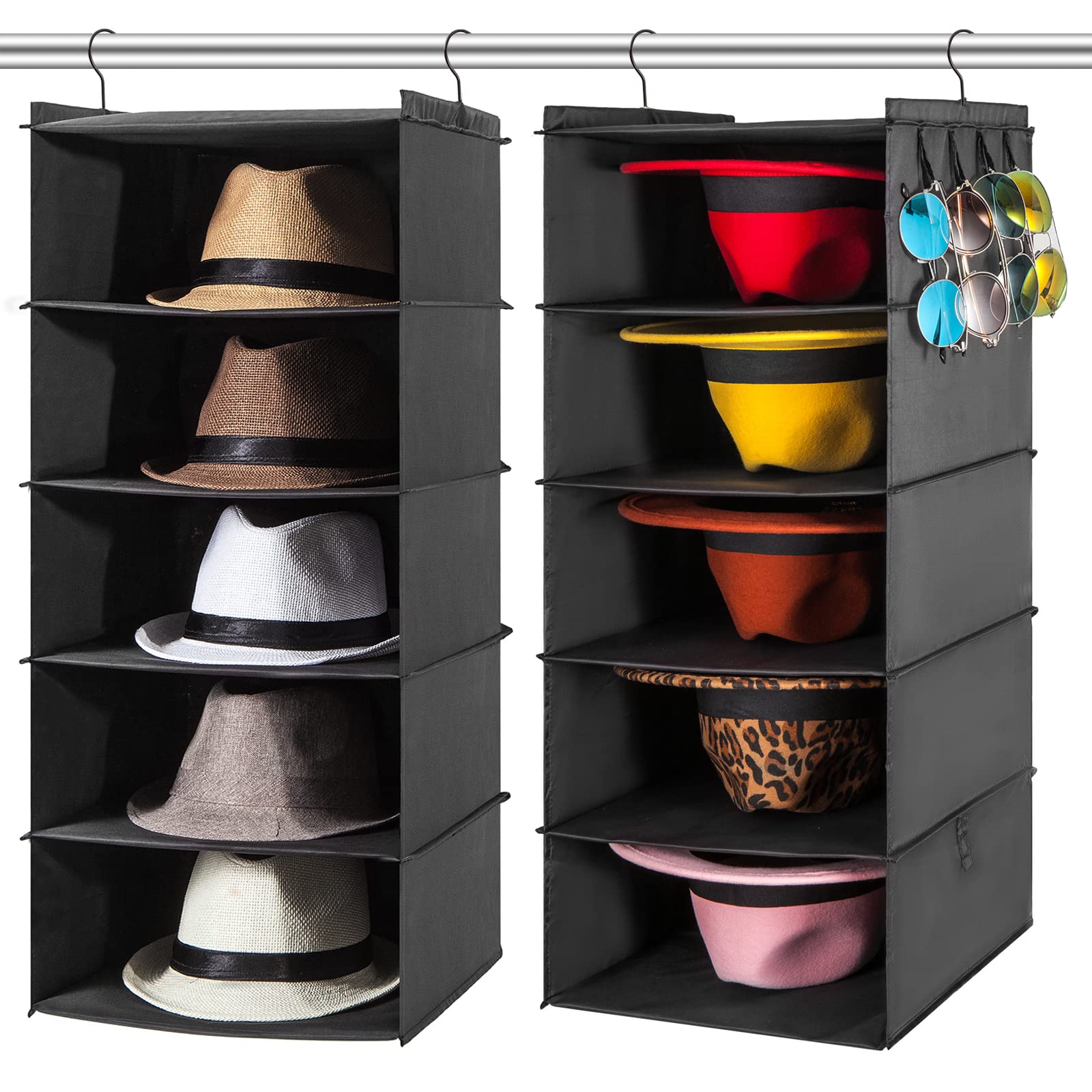



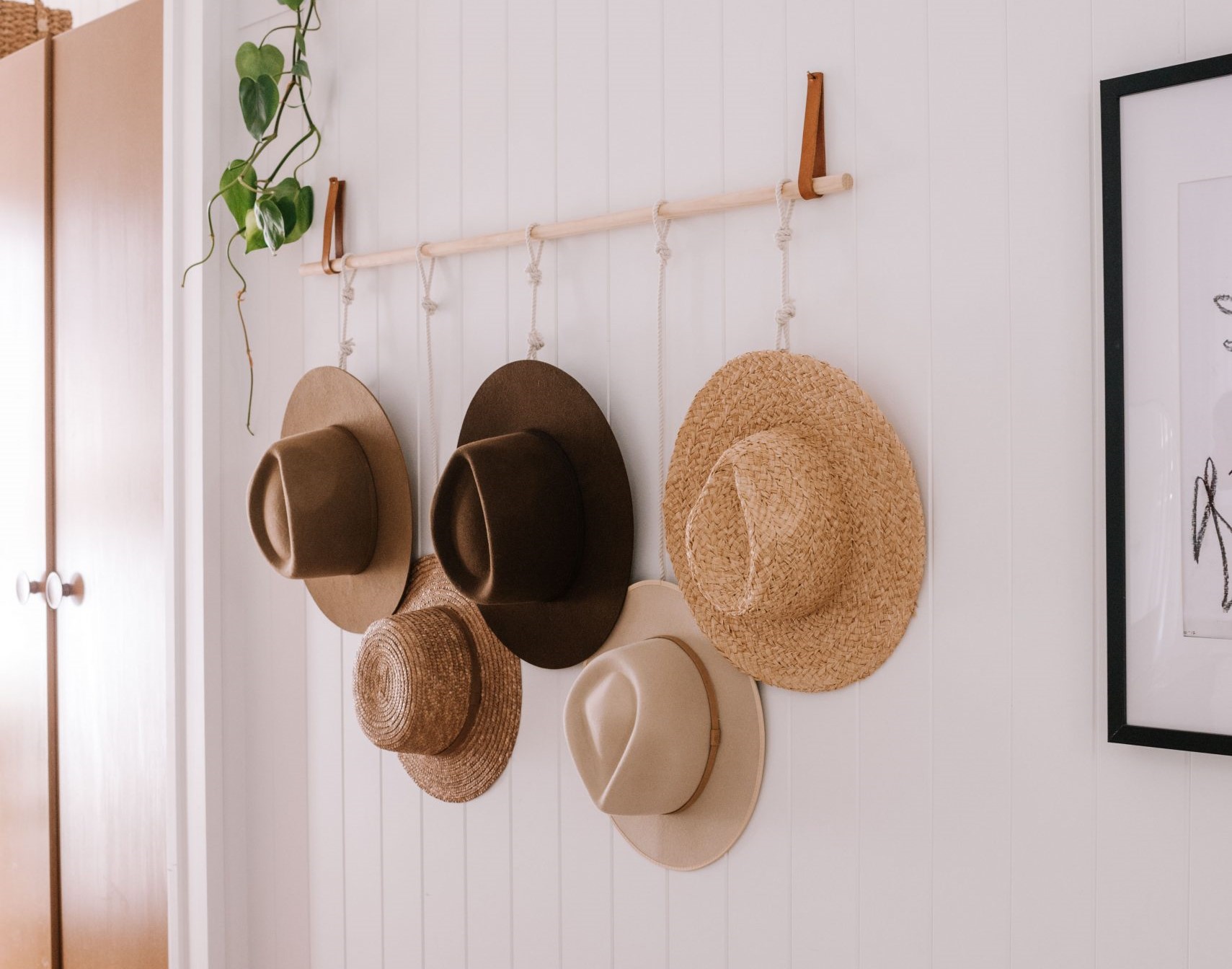
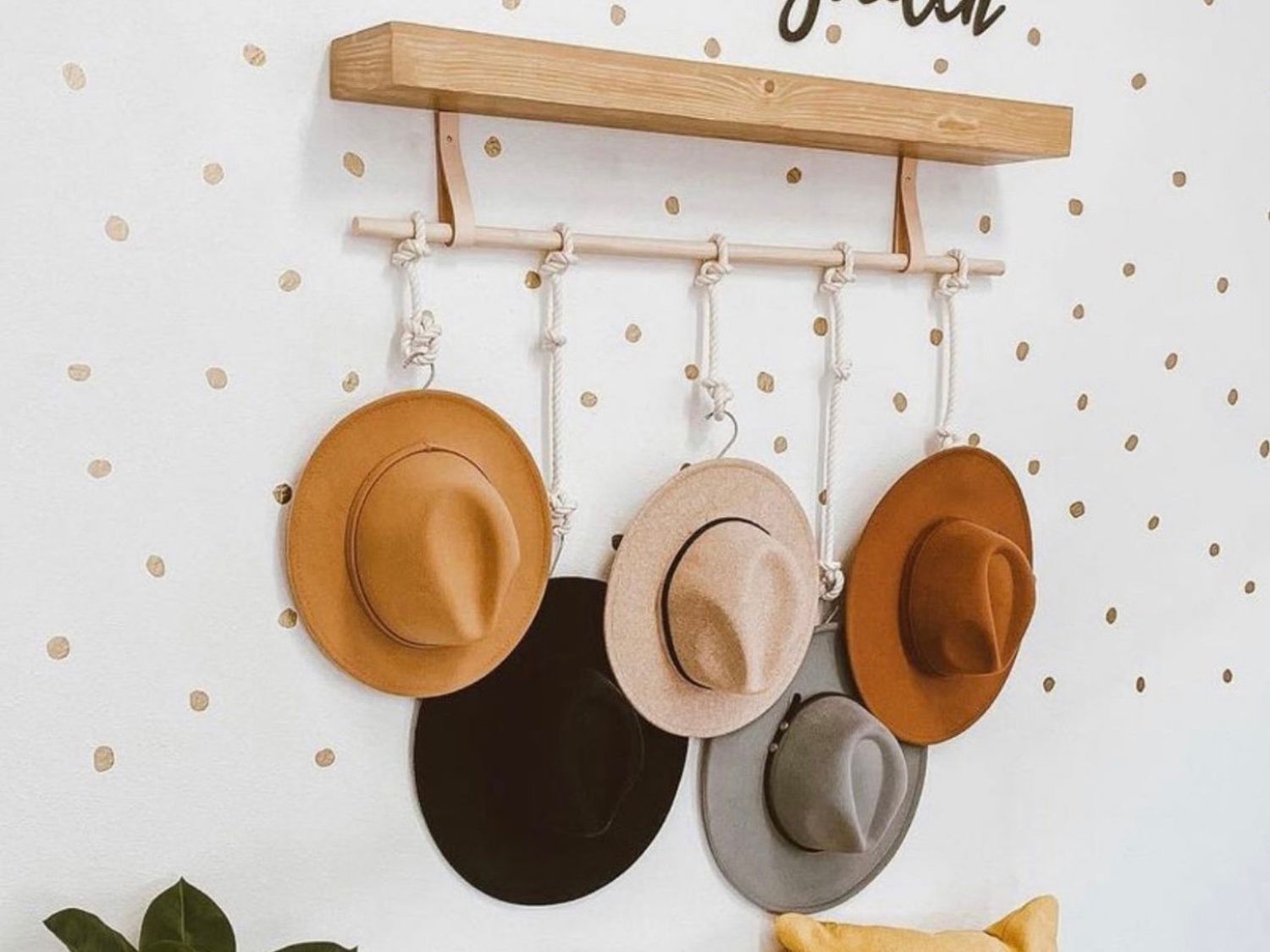


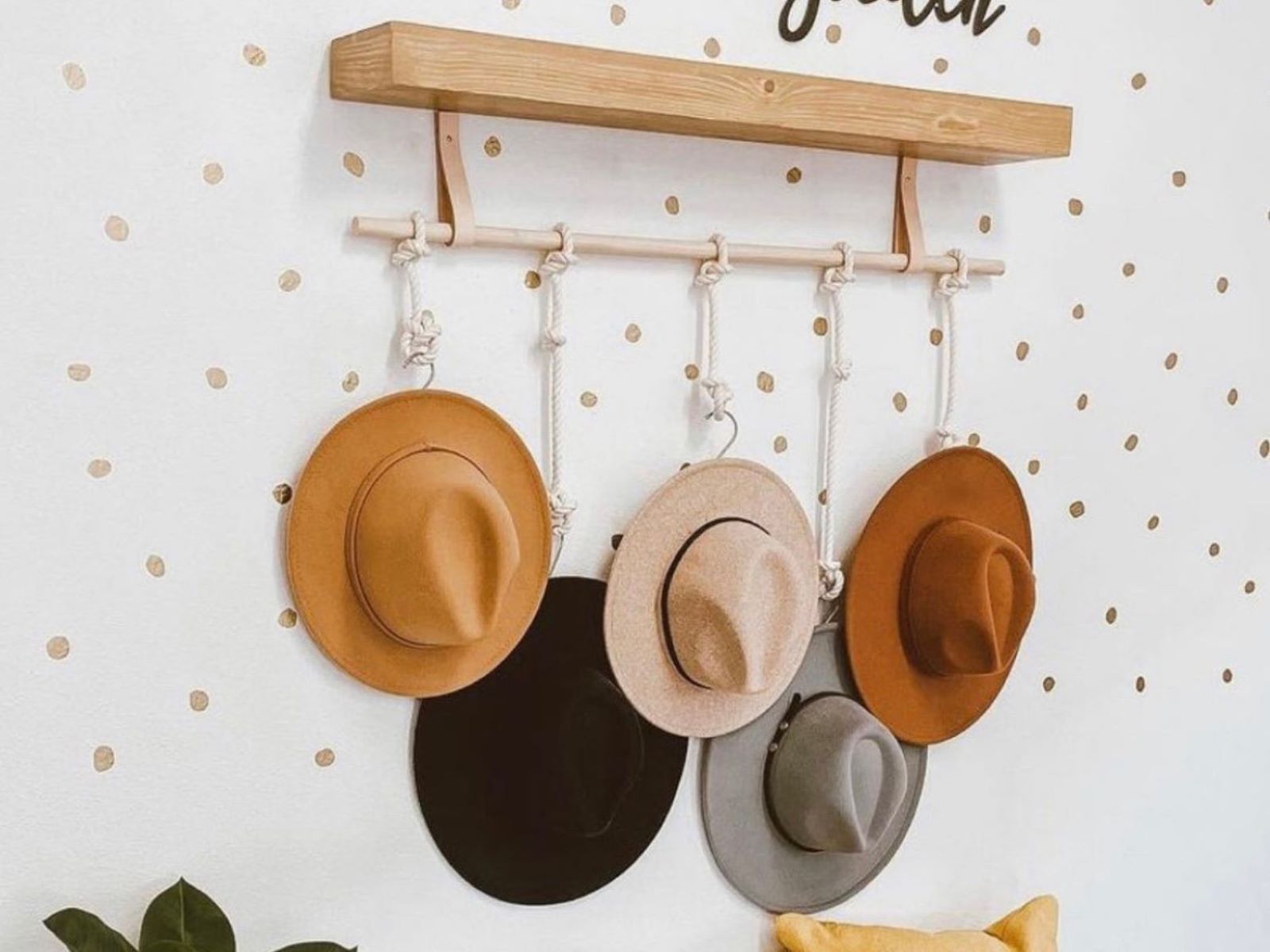

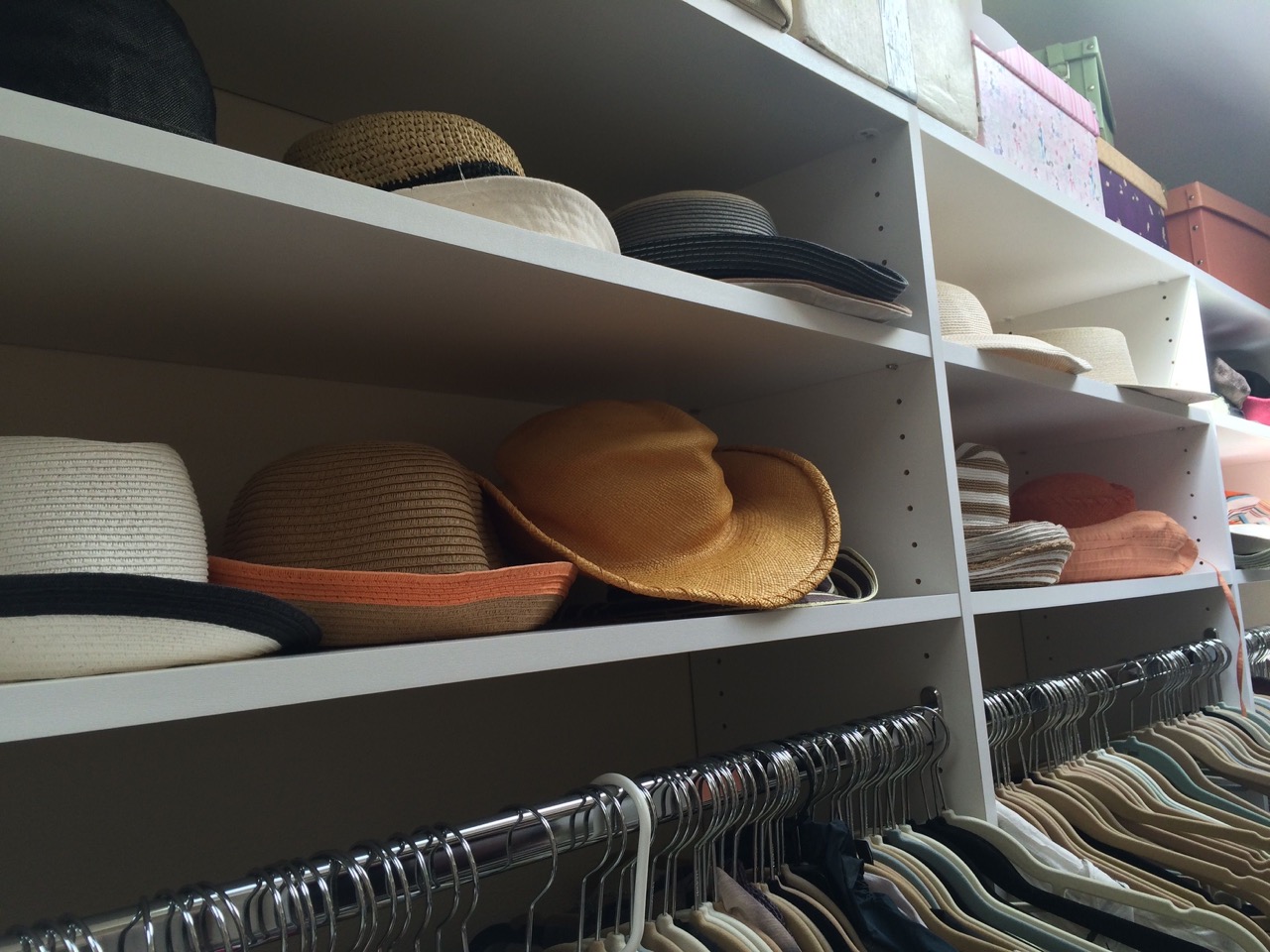


0 thoughts on “How To Store Your Hats”